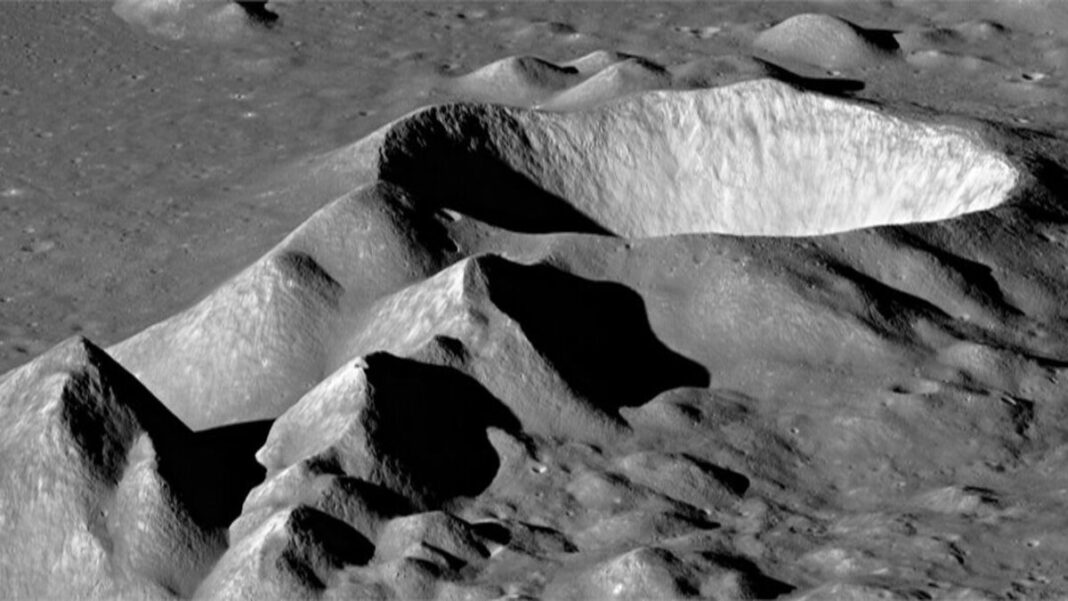UNITED KINGDOM: Scientists have discovered “substantial quantities” of water trapped in tiny beads spread across the surface of the moon using samples collected by China’s Chang’e 5 mission.
The discovery challenges previous beliefs that the moon is dry and could help in better understanding the Earth’s neighbour and space missions that could use it as a habitat. This article discusses the significance of this discovery and potential sources.
Researchers found water trapped in moon surface
Scientists have made a ground-breaking discovery that could potentially help in better understanding the moon and future space missions. According to a study published in Nature Geoscience, researchers found water trapped in tiny beads scattered across the surface of the moon. The discovery was made using samples of the lunar surface brought back by China’s Chang’e 5 mission in December 2020.
The study revealed that the beads embedded in the surface contained “substantial quantities” of water. This new finding challenges the previous belief that the moon is dry. Although H2O has been found trapped inside the surface of the moon in previous space missions, it has not been present in such substantial quantities as in the beads discovered in this latest study.
The beads are thought to be crucial to the lunar surface’s water cycle. According to experts, they are created when an asteroid strikes the moon’s surface, producing molten droplets that freeze and mix with soil and dust. These droplets are then dispersed around the surface of the moon, forming a large “reservoir” that may contain up to 270 billion metric tonnes of H20.
The authors of the study speculate about several potential sources that may have “contributed” to the water source, including solar wind implantation, outgassing of volatiles during lunar volcanism, deposition of volatile-bearing pyroclastic deposits and minerals, and delivery by impacts of comets and asteroids. However, the precise origins of the lunar surface water are still “largely unknown.”
The discovery of water on the moon is significant as it may help in the sustainable exploration of planetary surfaces. Future lunar surface explorers would be well served to understand how water is produced, stored, and supplied in order to collect and use it for exploration purposes.
The researchers hope that this new finding will lead to a better understanding of the moon’s history and its potential as a habitat for space missions in the future that contributed to the lunar surface water.
Also Read: NASA’s Webb Discovers Young Planet with Unique Features Orbiting Two Stars



